
In professional road cycling, a domestique serves their team and leader, foregoing personal victory. This term, of French origin, translates to “servant.” Domestiques have diverse roles: setting the pace to exhaust rivals, creating slipstreams for team leaders, pursuing breakaway riders, offering mechanical or physical aid, and transporting essential supplies such as water and food from the team car during races.
These selfless riders embody teamwork and dedication, prioritizing the success of their team over individual glory. Domestiques play a vital role in strategizing and executing race plans, contributing significantly to their team’s achievements. Their efforts may not always be in the spotlight, but they are essential for the overall success of a professional cycling team.
Table of Contents
The Vital Contribution of Domestique in Combating Air Resistance During Cycling
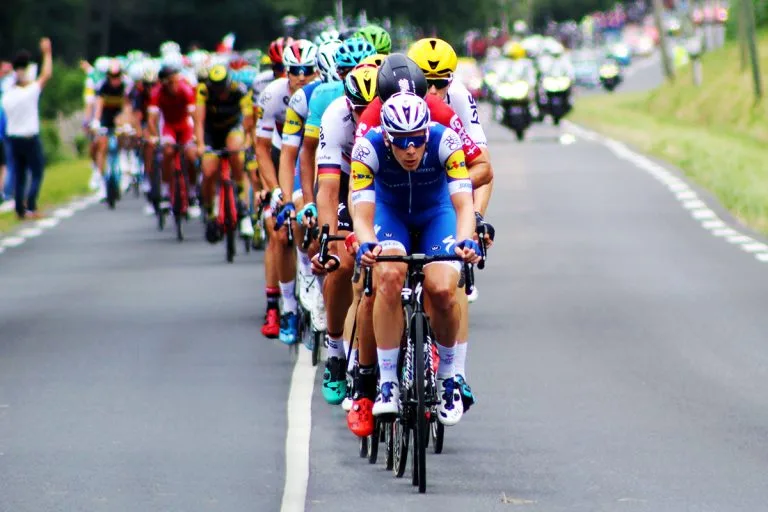
Cycling on flat terrain at high speeds primarily entails combating air resistance. As cyclists move forward, they push against the air, creating resistance. Notably, this resistance intensifies exponentially with velocity, meaning that the faster cyclists pedal, the greater their energy expenditure in overcoming air resistance.
This underscores the pivotal role of domestiques (sometimes referred to as helpers or servants) in professional road cycling. Domestiques position themselves at the forefront of their team, confronting the full force of air resistance. By doing so, they effectively act as a shield for the team leader and other key riders, mitigating much of this opposing force. Consequently, the team leader can “draft” or ride in the slipstream of the domestique, markedly reducing the energy required to maintain the same pace.
Hence, a domestique’s duty essentially involves sacrificing their personal chances of winning the race to enable their team leader to conserve energy for crucial race moments. Devoid of the relentless efforts of domestiques, the team leader would have to expend considerably more energy against air resistance, potentially compromising their performance. This selfless role, though often inconspicuous to casual spectators, constitutes a fundamental facet of team strategy in professional road cycling.
Roles of Domestiques
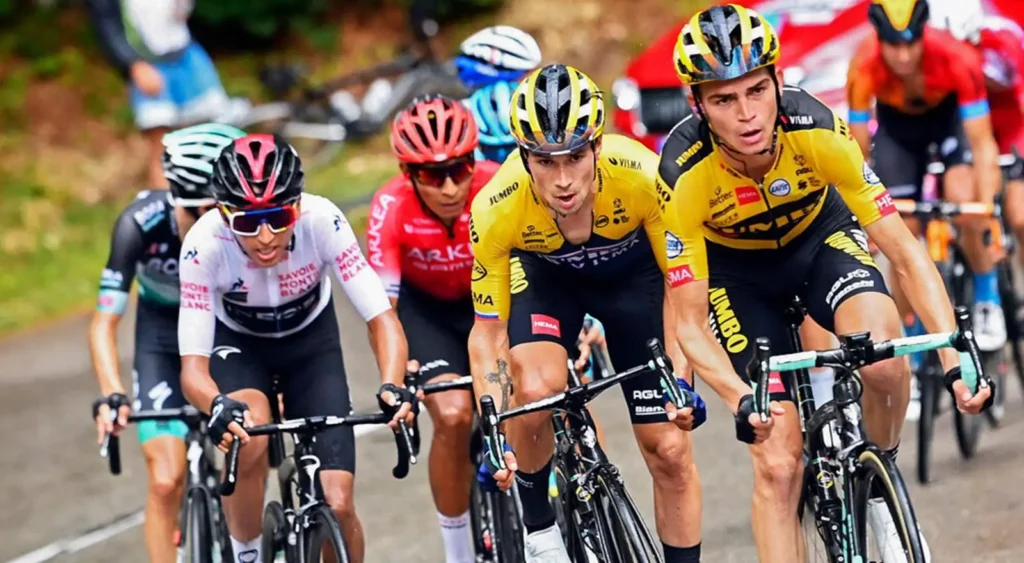
Domestiques wield pivotal influence in positioning their team leader for success, particularly in anticipation of and during formidable trials like steep ascents, narrow or gusty routes, and beyond. Here’s an overview of their strategic maneuvers:
Narrowing Roads
In navigating narrower roads, precise positioning becomes crucial. A domestique diligently ensures the team leader remains at the forefront of the group, enhancing safety and granting the leader greater control over their fate. Additionally, being near the front allows for swift responses to rival teams’ attacks.
Before/During Important Climbs
Climbs pose one of the most daunting challenges in any race. Preceding a climb, the domestique’s responsibility is to establish a relentless tempo, wearing down rival teams and ensuring the team leader occupies the leading position within the peloton (the primary group of riders). This proactive positioning serves to preempt potential mishaps and traffic jams.
Upon commencing the climb, the domestique persists in maintaining a consistent pace, creating a wind shield to safeguard the team leader and enable them to preserve valuable energy. In exceptionally grueling ascents, a team may enlist the services of a super-domestique, a rider with the potential to lead their own team, to fulfill this role as the group gradually thins out. The ultimate aim is to keep the team leader optimally situated for as long as feasible, enabling them to eventually break away and make a decisive push towards the summit at precisely the opportune moment.
Windy Conditions
During windy conditions, the domestique adopts a strategic position directly in front of the team leader, effectively shielding them from headwinds. This tactical move allows the leader to conserve valuable energy by riding in the slipstream. When confronted with crosswinds, where the wind blows from the side, domestiques position themselves slightly ahead and to the windward side of their leader, crafting a protective ‘echelon’ formation.
All these tactics share a common goal: to maximize the preservation of the team leader’s energy for pivotal moments in the race, be it an arduous climb, a high-speed descent, or a sprint finish. The relentless efforts of domestiques, often operating away from the spotlight, constitute the very foundation of a triumphant cycling team.
Do domestiques win races for themselves?
Despite their seemingly subordinate role, being a domestique is paramount to team strategy, demanding exceptional skill, endurance, and selflessness. Often, a victorious team leader relies heavily on the support of these dedicated domestiques. While they may not bask in the same spotlight as race winners, their contribution is highly esteemed in the realm of the sport. On occasion, domestiques may seize opportunities for stage victories, notably in extensive stage races such as the Tour de France or Giro d’Italia, should the overall team strategy permit.
Unforeseen circumstances, such as accidents, mechanical failures, or health issues, can lead the team leader to lose substantial time or exit the race entirely. When such scenarios arise, teams frequently reevaluate their strategy and may nominate a particularly capable domestique to assume the leader’s mantle.
Given that these domestiques are typically formidable riders in their own right, they may indeed contend for stage triumphs or even vie for the overall race victory when conditions align. This potential shift in roles underscores the significance of every team member in the sport of cycling, transcending the confines of the designated leader. Cycling demands not only physical prowess and endurance but also adaptability and strategic foresight in response to the often unpredictable twists and turns of a race.
As an illustration, during the 2020 Giro d’Italia, Geraint Thomas, Team Ineos Grenadiers’ designated leader, was compelled to withdraw from the race due to a crash. In this pivotal moment, Tao Geoghegan Hart, originally a domestique, assumed the leadership role and ultimately clinched victory in the Giro.
Hence, while a domestique’s primary mission is to bolster their team leader, they must also remain poised to step into the lead position should circumstances necessitate it. This dual role transforms them from mere support riders into potential race leaders themselves.
What is a Super-domestique?
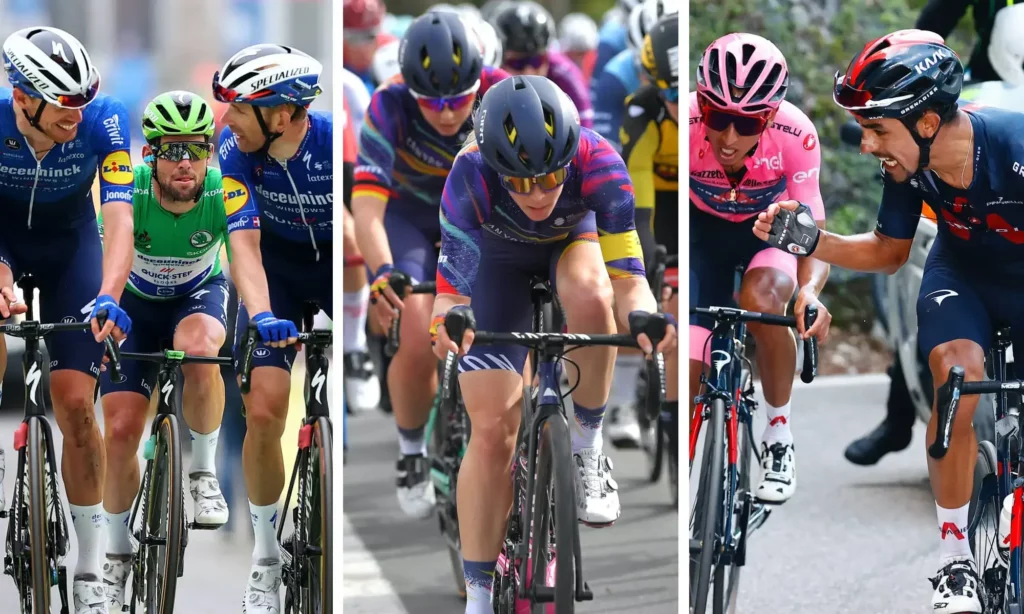
In professional cycling, the term “super-domestique” designates a rider whose exceptional skills and performance would position them as leaders in most other teams. Nevertheless, within their current team, they willingly assume a support role to bolster the designated leader.
Super-domestiques typically possess the prowess to secure stage victories or even emerge victorious in entire races independently. However, their principal duty remains providing unwavering support to their team leader. Notably, they often serve as the final line of assistance to the leader during demanding segments of the race, such as steep mountain climbs or arduous individual time trials.
Their multifaceted role encompasses pacing the team leader, pursuing breakaway groups, and acting as a shield against wind resistance, a strategic maneuver known as drafting. Additionally, they act as a protective barrier against attacks from rival teams and stand ready to address any unforeseen challenges that may surface throughout the race.
The concept of the super-domestique underscores the profoundly team-centric nature of professional cycling. While these riders possess the potential to be leaders in their own right, they willingly subsume their individual aspirations for the collective benefit of the team. Their contributions are highly esteemed, playing a pivotal role in the overall success of the team.
The origin of the word “Domestique”
In the realm of professional cycling, the term ‘domestique’ initially emerged as a slight aimed at Maurice Brocco, a renowned French professional road bicycle racer active from 1906 to 1927. Its inaugural usage unfolded in a captivating narrative during the 1911 Tour de France.
Brocco’s prospects of triumph in the 1911 Tour faced a setback when he incurred substantial time losses on the route to Chamonix. Recognizing his diminishing chances for an overall victory, Brocco, drawing upon his reputation, extended an offer of assistance to fellow competitors. François Faber, another rider, was teetering on the brink of elimination due to sluggish times, and he entered into a pact with Brocco. Brocco, relinquishing his own ambitions, assumed the role of a pacer for Faber, guiding him toward the finish line and sparing him from elimination.
This audacious act incurred the displeasure of the Tour’s organizer and chief judge, Henri Desgrange, who regarded it as a breach of the race regulations. However, lacking concrete evidence and apprehensive of Brocco appealing to the Union Vélocipédique Française, the national cycling authority, Desgrange refrained from disqualifying him. Instead, he expressed his disdain in his newspaper, L’Auto, where he branded Brocco as ‘unworthy’ and bestowed upon him the derogatory label of a ‘domestique’. In the pages of L’Auto, Desgrange wrote, “He [Brocco] is unworthy. He is no more than a domestique.”
Unperturbed by Desgrange’s words, Brocco vowed to settle the score. The following day, he left everyone astounded by securing victory on the stage with an astonishing 34-minute lead. As he surged past fellow riders, including the wearer of the coveted yellow jersey, Gustave Garrigou, he taunted Desgrange, challenging the perception of his unworthiness. Brocco showcased his genuine abilities, underscoring that his earlier subpar performance while assisting Faber was a strategic choice rather than a manifestation of inadequacy.
Acknowledging Brocco’s exceptional talent, Desgrange contended that the racer had been ‘selling the race’ and called for his disqualification, asserting, “He deserves his punishment.”
While the concept of domestiques had garnered acceptance in other races, Desgrange steadfastly believed that the Tour de France should epitomize individual prowess as opposed to teamwork. His disputes with race sponsors, notably bicycle manufacturers with differing viewpoints, were recurrent. It wasn’t until 1930, when Desgrange restructured the Tour de France to involve national teams, that he inadvertently conceded the significance of teamwork and, by extension, the vital role of domestiques in professional cycling. This transformative evolution acknowledged the undeniable reality of cycling as a team sport, thereby forever altering its dynamics.
Watercarriers: The lowest rank of domestiques
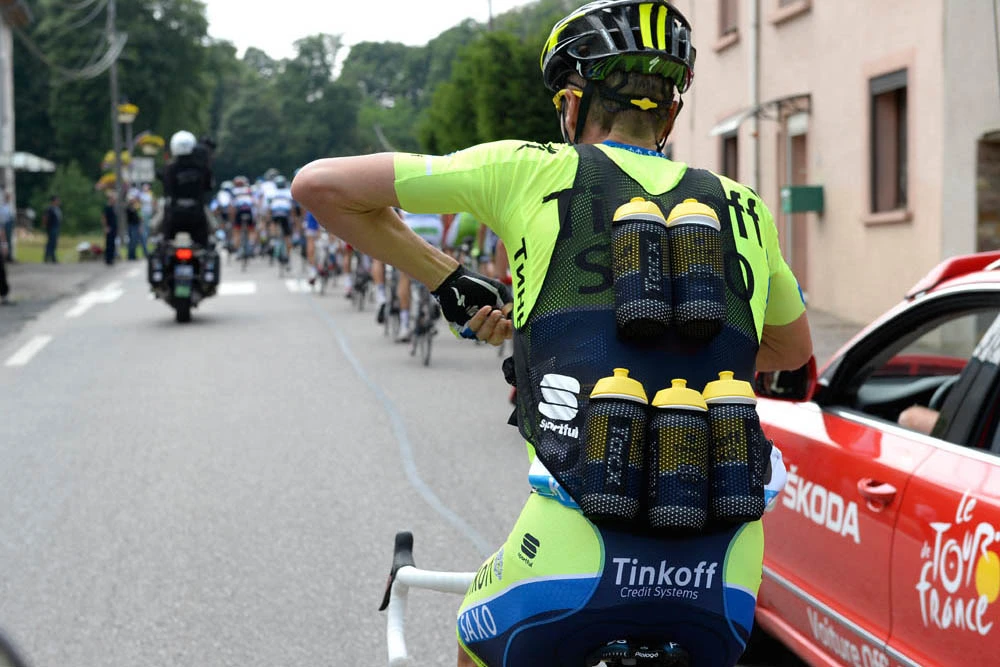
“Stars and Watercarriers” stands as a celebrated documentary film chronicling the 1973 Giro d’Italia, one of the cycling world’s most esteemed annual races. Directed by Jørgen Leth, the film offers a captivating lens into the realm of professional cycling, shedding light on both the ‘stars,’ representing the race leaders, and the ‘watercarriers,’ a term denoting the lowest echelon of domestiques.
Metaphorically, the title encapsulates the multifaceted roles within a professional cycling team. The ‘stars’ embody the team’s elite, comprising highly skilled cyclists who emerge as the primary contenders for race victory. They occupy the limelight, garnering the lion’s share of attention and glory. In stark contrast, the ‘watercarriers’ assume the unglamorous mantle of the team’s workhorses, often undervalued yet indispensable to their team’s triumph. Much like traditional domestiques, their mission revolves around providing unwavering support to their team leader, encompassing tasks such as carrying water bottles, establishing the tempo, and acting as a protective barrier against the wind.
This documentary offers an intimate portrayal of the relentless and frequently underappreciated role of the watercarriers, magnifying the profound disparity between the sought-after glory pursued by the stars and the grueling, support-oriented labor undertaken by the domestiques. It underscores the truth that, while the stars may bask in the accolades, their success hinges profoundly on the unflagging dedication of the watercarriers, who make substantial sacrifices in the pursuit of their team’s triumph. Ultimately, “Stars and Watercarriers” serves as a testament to the inherently team-centric essence of professional cycling.
You might want to read also: How To Wash Cycling Clothes?
Frequently asked questions
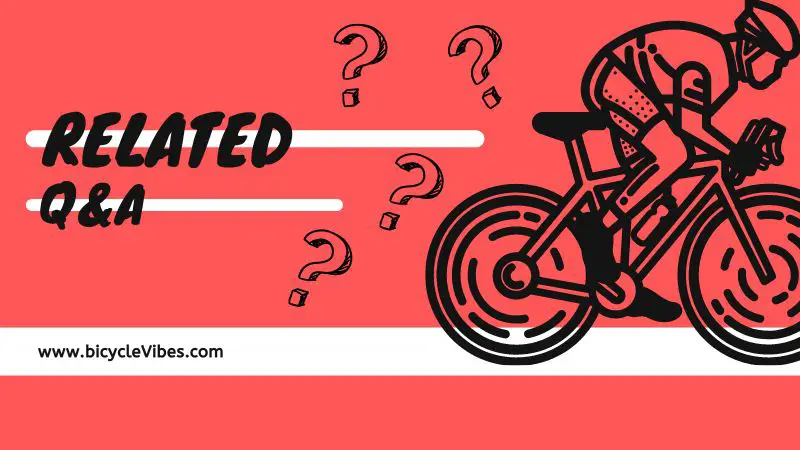
- What is a domestique in cycling?
A domestique in cycling is a team member who supports the leader, helping them conserve energy and win races. - Why are domestiques crucial in cycling?
Domestiques shield leaders from wind, fetch water, and pace them, ensuring the leader’s peak performance. - What roles do domestiques play during races?
Domestiques assist leaders by blocking wind, bringing supplies, and leading to save energy. - How do domestiques protect the team leader?
Domestiques shield leaders from headwinds, allowing them to stay fresh for the final push. - What’s the significance of drafting in cycling?
Drafting behind a domestique reduces air resistance, preserving the leader’s strength for critical moments. - When do domestiques sacrifice their own chances?
Domestiques sacrifice their race for the team when needed, ensuring the leader’s victory. - How do domestiques communicate during races?
Domestiques use signals, gestures, or radio communication to coordinate with their team leader. - Are domestiques essential in all cycling disciplines?
Yes, domestiques are valuable in road, track, and mountain biking, aiding team strategy and success. - Can a domestique become a race leader?
Occasionally, domestiques may transition into leadership roles if they prove their individual potential. - Do all cycling teams employ domestiques?
Most professional cycling teams utilize domestiques to enhance their chances of winning races.


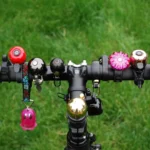






One reply on “What is a Domestique in Cycling? (All You Need to Know)”
[…] What is a Domestique in Cycling? (All You Need to Know) […]